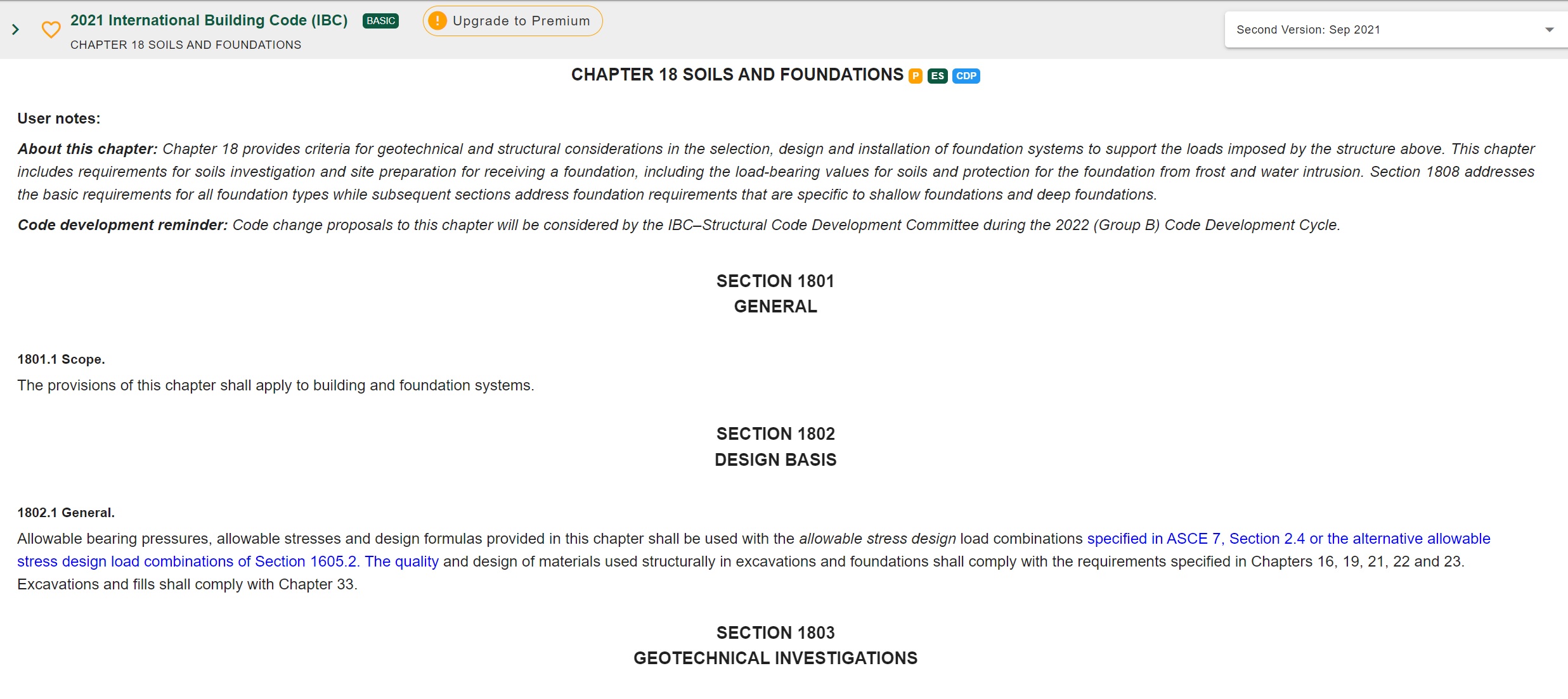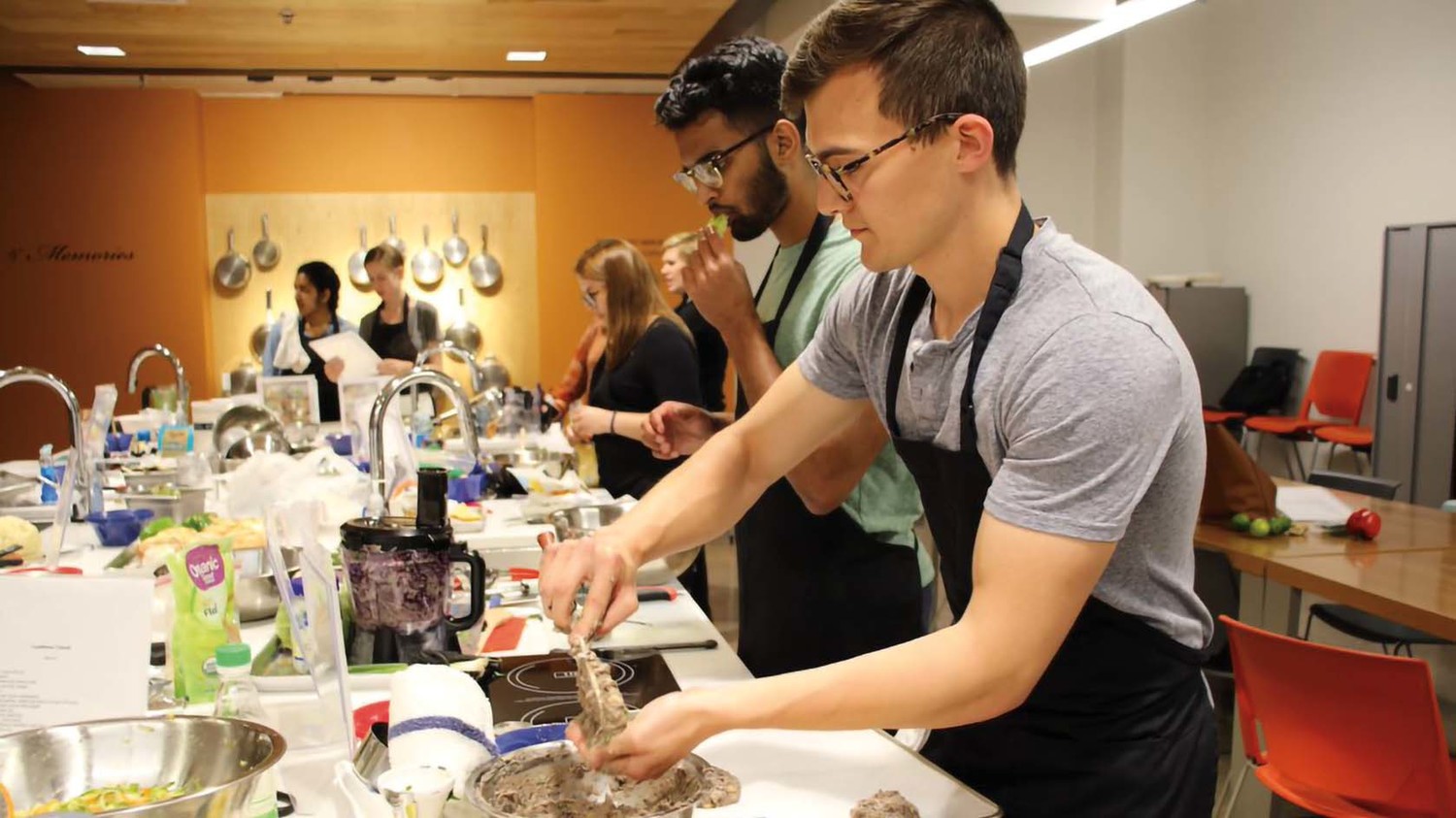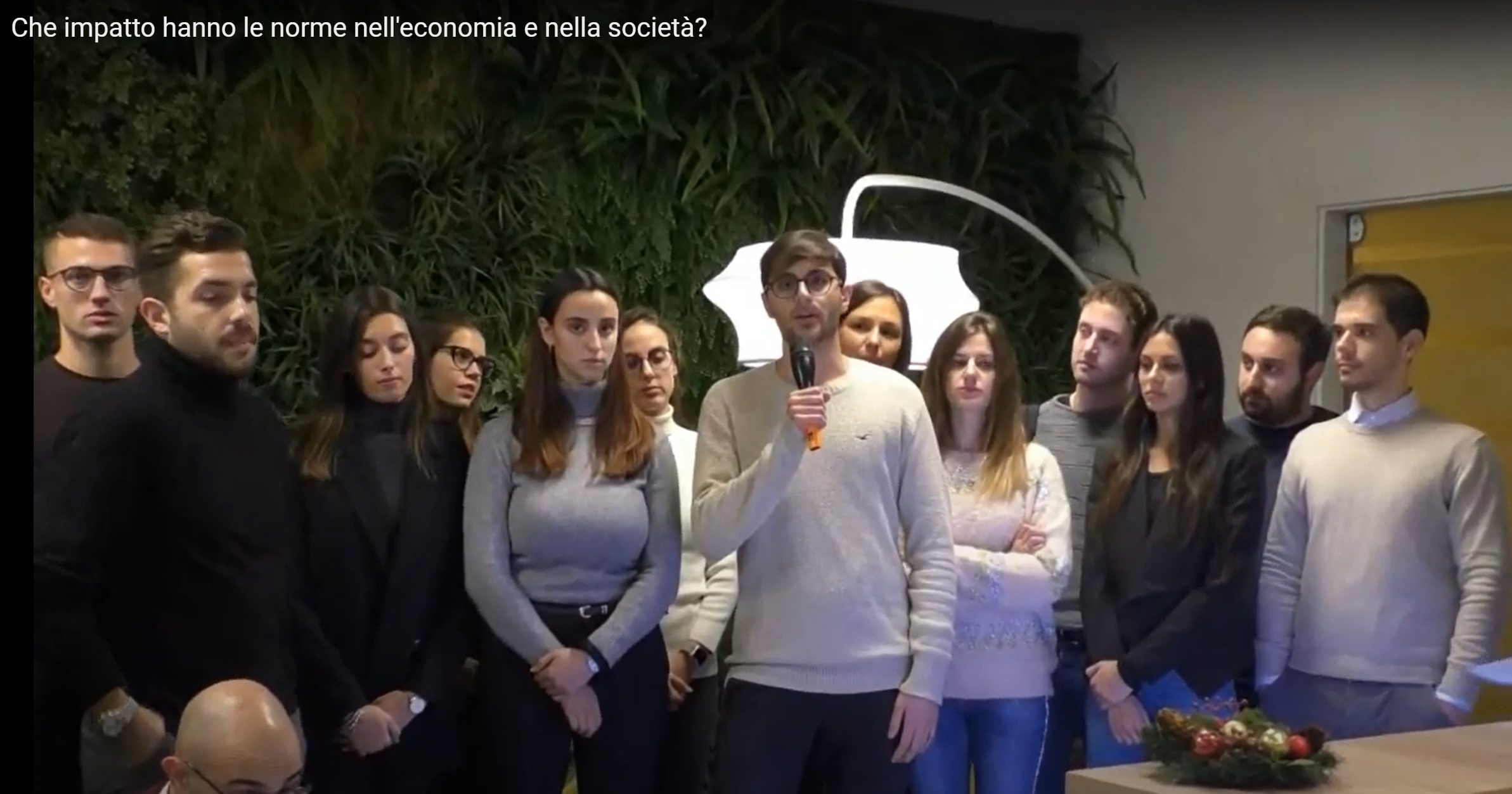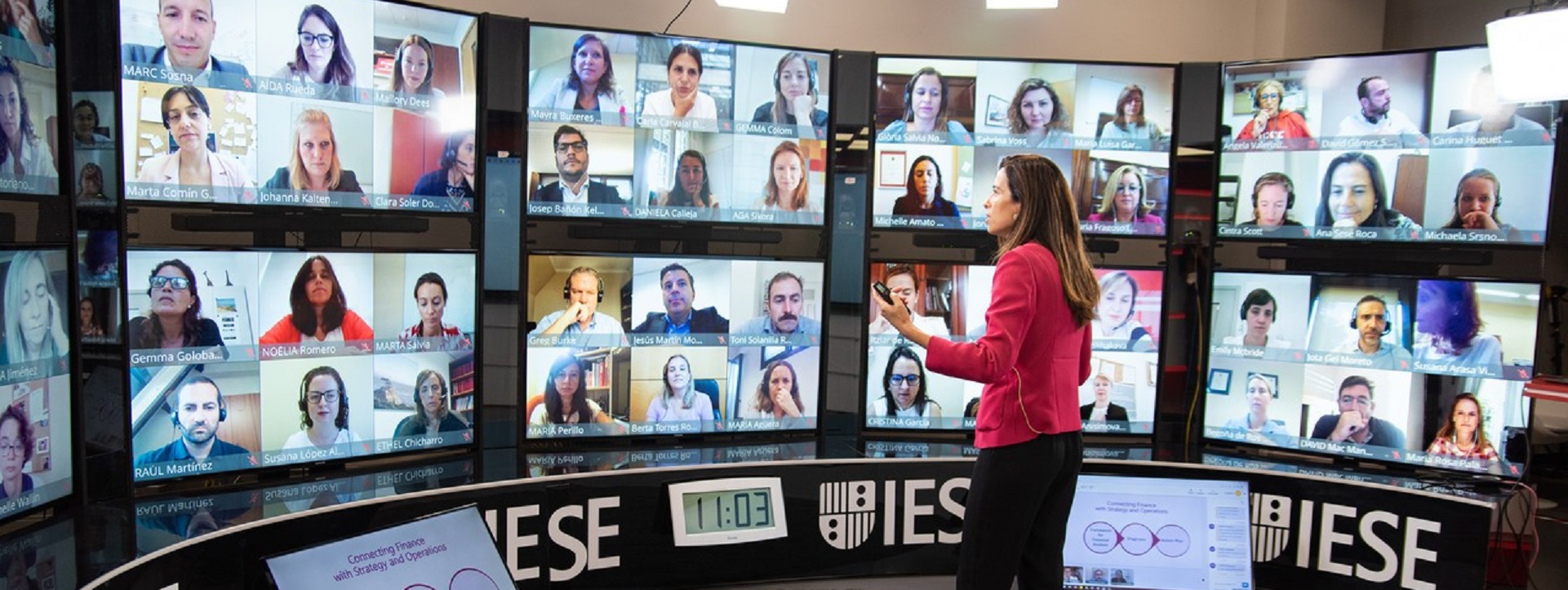https://www.facebook.com/BrightonCookerySchool/about
Author Archives: mike@standardsmichigan.com
- Home
- Articles posted by mike@standardsmichigan.com (Page 86)

Gallery: Great Lakes
The Great Lakes contain enough fresh water to cover the land area of the entire United States under 3 meters of water.
We collect 15 video presentations about Great Lake water safety and sustainability prepared by the 8 Great Lake border state colleges and universities and their national and international partners in Canada.
Great Ladies 👏 pic.twitter.com/dQeKH3rFeV
— The Figen (@TheFigen_) February 8, 2025
When the wicked problems of peace and economic inequality cannot be solved, political leaders, and the battalions of servile administrative muckety-mucks who report to them, resort to fear-mongering about an imagined problem to be solved centuries hence assuming every other nation agrees on remedies of its anthropogenic origin. We would not draw attention to it were it not that large tranches of the global academic community are in on the grift costing hundreds of billions in square-footage for research and teaching hopelessness to our children and hatred of climate change deniers.
Before the internet is scrubbed of information contrary to climate change mania, we recommend a few titles:
“Gulliver’s Travels” Jonathan Swift | Start at Chapter 5, PDF page 235
The Mad, Mad, Mad World of Climatism: Mankind and Climate Change Mania
Climate Change Craziness Exposed: Twenty-One Climate Change Denials of Environmentalists
Split Pea Soup & Ham
Oklahoma Commercial Kitchen Requirements
Ingredients:
1 pound dried split peas, rinsed and picked over
1 ham hock, ham bone, or 1 pound diced ham
1 onion, chopped
2 carrots, chopped
2 celery stalks, chopped
2 cloves garlic, minced
8 cups chicken or vegetable broth
2 bay leaves
Salt and pepper to taste
Optional: thyme, parsley, or other herbs for flavor
Instructions:
Prepare the ingredients: Rinse the split peas under cold water and pick out any debris. Chop the onion, carrots, and celery. Mince the garlic.
Sauté aromatic vegetables: In a large pot or Dutch oven, heat some olive oil over medium heat. Add the chopped onion, carrots, celery, and garlic. Sauté until softened, about 5-7 minutes.
Add split peas and broth: Add the rinsed split peas to the pot, along with the ham hock, ham bone, or diced ham. Pour in the chicken or vegetable broth. Add bay leaves and any other herbs you’re using.
Simmer the soup: Bring the soup to a boil, then reduce the heat to low. Let it simmer, uncovered, stirring occasionally, until the split peas are tender and the soup has thickened, about 1 to 1.5 hours. If using a ham hock or bone, remove it from the soup once the meat is falling off the bone; shred the meat and return it to the pot.
Season to taste: Taste the soup and season with salt and pepper as needed. Adjust any other seasonings to your liking.
Serve: Remove the bay leaves before serving. Ladle the soup into bowls and enjoy hot. Optionally, you can garnish with chopped fresh parsley or a drizzle of olive oil.
Tips:
You can customize the soup by adding other vegetables like potatoes or leeks.
For a vegetarian version, omit the ham and use vegetable broth instead of chicken broth.
Split pea soup tends to thicken as it sits, so you may need to add more broth or water when reheating leftovers.
Colloquy (April)
I found this today. It is a photo of the cherry tree walk in the Harris Garden at Reading University. This is the effect you get when the petals fall. pic.twitter.com/IWGPVaJ2JF
— Sue Lawrence (@sueelawrence) April 17, 2023
Late Night Breakfast
Late Night Breakfast is a tradition where students take a break from studying
for final examinations and served breakfast by the Faculty and Staff.
Southwestern University Consolidated Financial Statements June 2023 | $643.4M
Behind the Artifact: The Melville Compass
International Building Code Section 302 Group A-2 occupancy includes assembly uses intended for food and/or drink consumption
Related:
The Seven Sins of Greenwashing
“Eco-friendly”, “Green”, “Bio”… Companies are increasingly using those tags as a signal to consumers of their environmental awareness. Yet also on the rise is a public concern about potential corporate lies in this subject, a phenomena labelled as “greenwashing”.
According to IESE professor Pascual Berrone, “many companies highlight one green positive aspect of their product or service, and hide the true impact that its production has on the environment”. With more and more NGO’s act as public watchdogs, “the consequences of getting caught can be, in terms of reputation but also economically, severe”, he says.
Norsk Salmebok
This content is accessible to paid subscribers. To view it please enter your password below or send mike@standardsmichigan.com a request for subscription details.
New update alert! The 2022 update to the Trademark Assignment Dataset is now available online. Find 1.29 million trademark assignments, involving 2.28 million unique trademark properties issued by the USPTO between March 1952 and January 2023: https://t.co/njrDAbSpwB pic.twitter.com/GkAXrHoQ9T
— USPTO (@uspto) July 13, 2023
Standards Michigan Group, LLC
2723 South State Street | Suite 150
Ann Arbor, MI 48104 USA
888-746-3670




















